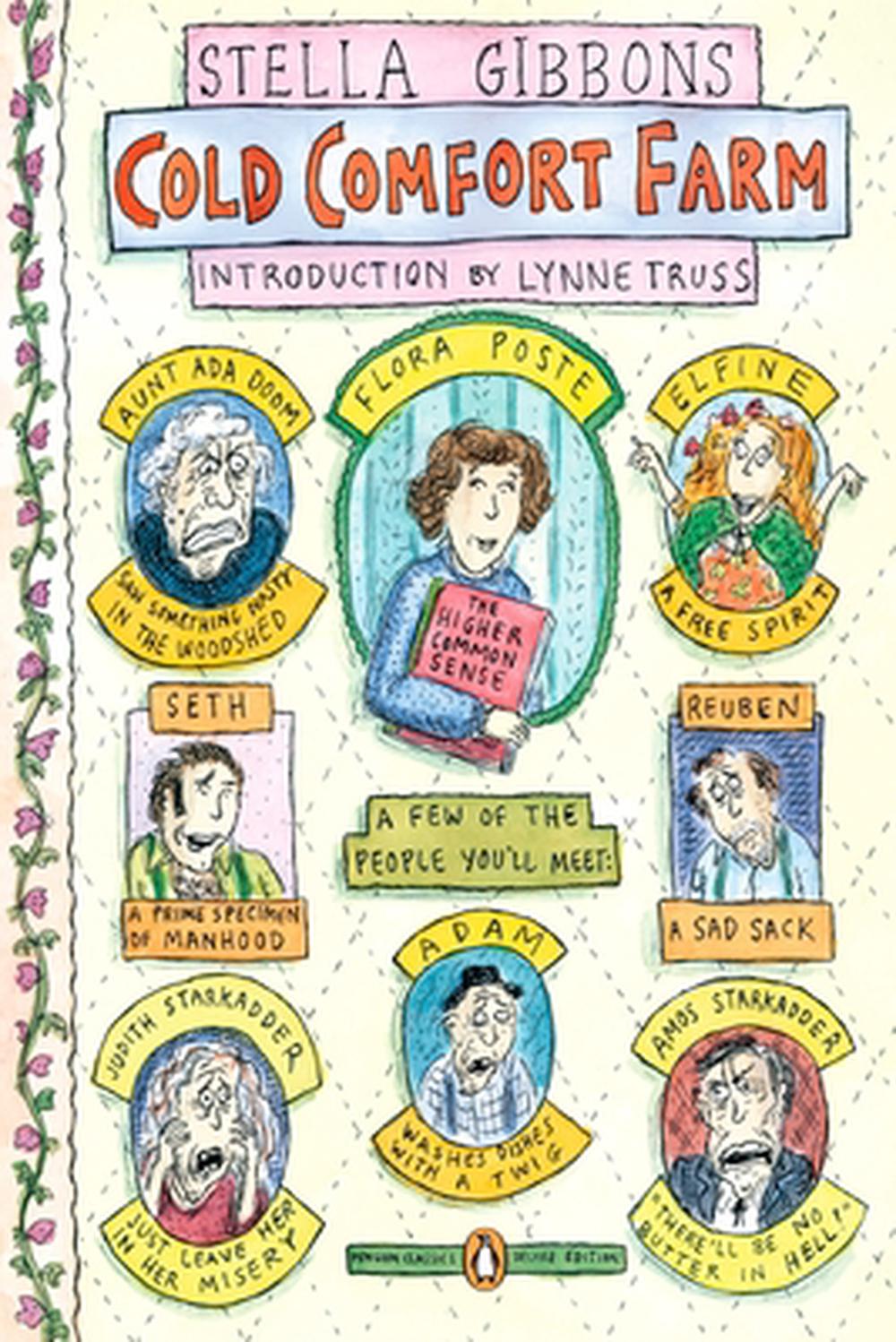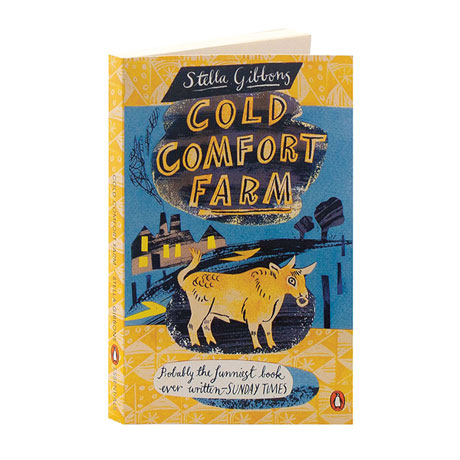

On her arrival at the farm, Flora enters into an alien fictional world, a fact she is evidently conscious of because she remarks that she hopes to collect material for a novel while she is there. Flora often reads Mansfield Park to sustain her amid the chaos of Cold Comfort, and it is the progress from disorder to order in Austen's books that appeals to her. We are alerted to this early in the narrative when she mentions her ambition to write a novel as good as Persuasion and adds:"I think I have much in common with Miss Austen" (20). She eventually persuades them all to abandon their eccentric behaviour and adopt what she considers to be civilized, rational lifestyles.įlora is clearly marked as belonging to the fictional world of Jane Austen. She chooses a family of Sussex farming cousins, the Starkadders, and resolves to tidy up their lives for them. Briefly summarized, Cold Comfort Farm concerns a London woman, Flora Poste, who loses her parents at the age of nineteen and decides to live with some of her relatives until she marries. Most of these were reasonably successful, but they are now all out of print. She went on to publish twenty-three more novels and several collections of short stories and poetry. Stella Gibbons (1902-1989) worked as a journalist during the 1920s and became instantly famous on the publication of her first novel, Cold Comfort Farm. My reading of Cold Comfort Farm will focus on its relation to its literary and cultural context and will work toward an understanding of the reasons for its marginal position in the canon of English fiction. The novel's engagement with the gender issues of the 1930s also repays detailed examination. Lawrence, Thomas Hardy, and Emily Brönte. This is curious because Cold Comfort Farm is an extremely sophisticated and intricate parody whose meaning is produced through its relationship with the literary culture of its day and with the work of such canonical authors as D.

Critics apparently do not consider Cold Comfort Farm to be properly "literary," and it is rarely mentioned in studies of the literature of the interwar years. One full article on Cold Comfort Farm was published in 1978, and since then, only a few paragraphs of criticism have been devoted to the novel. However, its status within the academically-defined literary canon is comparatively low. It has been adapted as a stage play, a musical, a radio drama, and two films, thereby reaching a still larger audience. Its most famous line, "I saw something nasty in the woodshed," has become a catchphrase, and the book has sold in large numbers since its first publication in 1932. Stella Gibbons's Cold Comfort Farm (1932) has been an incredibly popular novel.


 0 kommentar(er)
0 kommentar(er)
